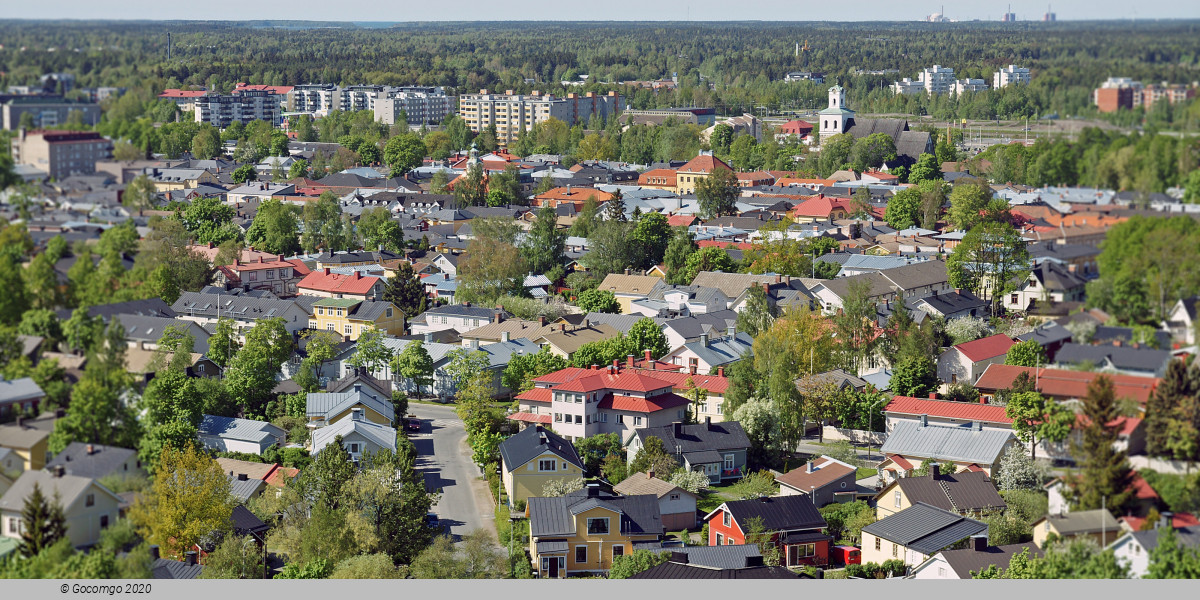Rauma

Rauma is a town and municipality of around 39,000 (31 March 2021)[2] inhabitants on the west coast of Finland, 92 kilometres (57 mi) north of Turku, and 50 kilometres (31 mi) south of Pori. Its neighbouring municipalities are Eura, Eurajoki, Laitila and Pyhäranta. Granted town privileges on 17 April 1442 (then under the rule of Sweden), Rauma is known for its paper and maritime industry, high quality lace (since the 18th century) and the old wooden architecture of the city centre (Old Rauma, Vanha Rauma), which is a UNESCO World Heritage site.
In the 14th century, before it was declared a town, Rauma had a Franciscan monastery and a Catholic church. In 1550, the townsmen of Rauma were ordered to relocate to Helsinki, but this was unsuccessful and Rauma continued to grow. Practically the whole wooden part of the town of Rauma was devastated in the fires of 1640 and 1682. The city centre, which was as large as the town was until 1809, has approximately 600 wooden buildings. The neo-renaissance style of many of the houses is a result of prosperity brought on by seafaring. In 1897 Rauma had the largest fleet of sailing boats in Finland, totalling 57 vessels. As the Crimean War broke out in 1853, Rauma was attacked by French Navy and British Navy in 1855 during the Åland War. Goods were mainly exported to Germany, Stockholm and the Baltic states. In the 1890s, Rauma got a teacher's college (a 'seminar'), which was later annexed to the University of Turku. A part of the department of education still exists in Rauma. The name Rauma comes from the Germanic word strauma, meaning "stream".

